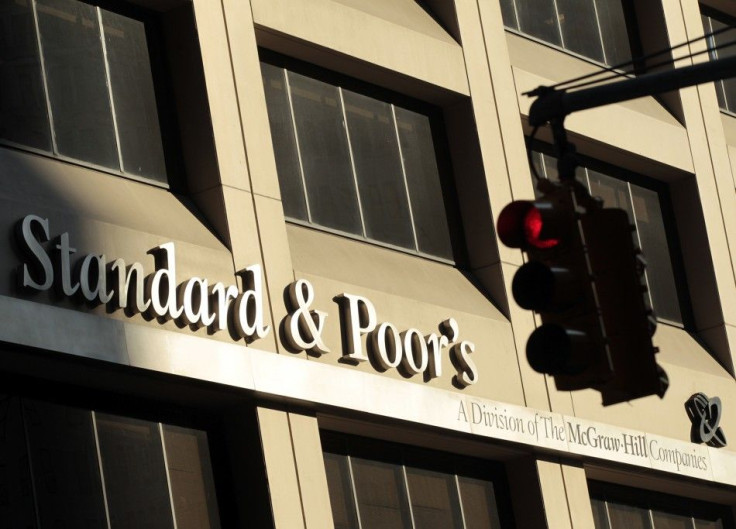Obama, Tea Party Both to Blame for S&P Downgrade
OPINION: Everyone Deserves Share of Blame

It wasn't long after Standard & Poor's lowered the United States' credit rating from AAA to AA+, for the blame game to begin.
Initially the blame was squarely turned at S&P, as the U.S. Treasury department claimed that the rating service miscalculated its projections to the tune of $2 trillion dollars. Legendary businessman Warren Buffet immediately spoke out against S&P's decision, as others derided its reputation.
But the debate took a step up in vitriol over the weekend; as Republicans and Democrats alike used the historic drop as an opportunity to blame the other party.
S&P cited the political uncertainty, specifically the heated debt ceiling debate, as part of the reason behind the downgrade. This statement led politicians from both sides to take to airwaves in blaming the other party.
Former White House adviser David Axelrod and U.S. senator John Kerry both called it a "Tea Party downgrade."
Republican senators, such as South Carolina's Lindsey Graham, praised the Tea Party contingent for pushing for major spending cuts, and instead blamed President Obama for the current financial mess.
Graham said that if Obama was a football coach in the Southeastern Conference, he would be fired for his recent performance.
Frankly they are all both right and wrong.
It's not simply S&P's fault or the Tea Party's fault or President Obama's fault.
All three are to blame for the downgrade and the financial implications that come with it.
The S&P deserves some of the blame for putting a bigger emphasis on restoring its damaged reputation than the actual math involved with the downgrade.
Treasury secretary Timothy Geithner said S&P showed a "stunning lack of knowledge about basic U.S. fiscal budget math," and a lot would tend to agree with him right now.
S&P cited political unrest within the United States as one of the reasons for the downgrade. While the debate on Congress certainly wasn't benign, it was incredibly mild compared to some of the actual political unrest going on around the world.
That's not to say what the Tea Party and President Obama's administration did was right though. They both absolutely share a big slice of the blame, just not quite as big as S&P gives it.
The Tea Party is to blame for its unwillingness to compromise leading to a dragged-out debt ceiling process that should have been finished months ago. Tea Party leaders, such as Senator Jim DeMint, refused to work on a bi-partisan bill for far too long, allowing for more and more speculation on potential downgrades.
Moody's and Fitch ended up keeping the United States at AAA rating, but it almost seems that S&P felt the need to downgrade after threatening to do so again and again while waiting for Congress to act on its debt problem.
Perhaps if the Tea Party contingent and Democrats were able to compromise earlier, Standard & Poor's never would have downgraded.
And President Obama certainly deserves his fair share of the blame. Obama badly fumbled the debt ceiling debate from the beginning, only seeing his viewpoint gain traction after threatening to cut off Social Security and veteran's disability payments.
Obama gets blame for pushing costly health care reform and stimulus bills, while failing to fix the country's high unemployment rate. More and more Americans find themselves out of work, and stimulus efforts to generate more jobs have not gotten the job done.
Each faction worked for its own selfish reasons on the debt ceiling crisis and now each has to deal with the consequences.
We'll certainly know more about those consequences once all the markets open up on Monday morning, but the downgrade certainly won't help an already shaky worldwide financial scene.
One thing is certain, no matter how badly this affects the United States, no one person or organization deserves all of the blame.
Instead it's the collective bad decisions by three powerful factions that could doom this country.
© Copyright IBTimes 2025. All rights reserved.





















